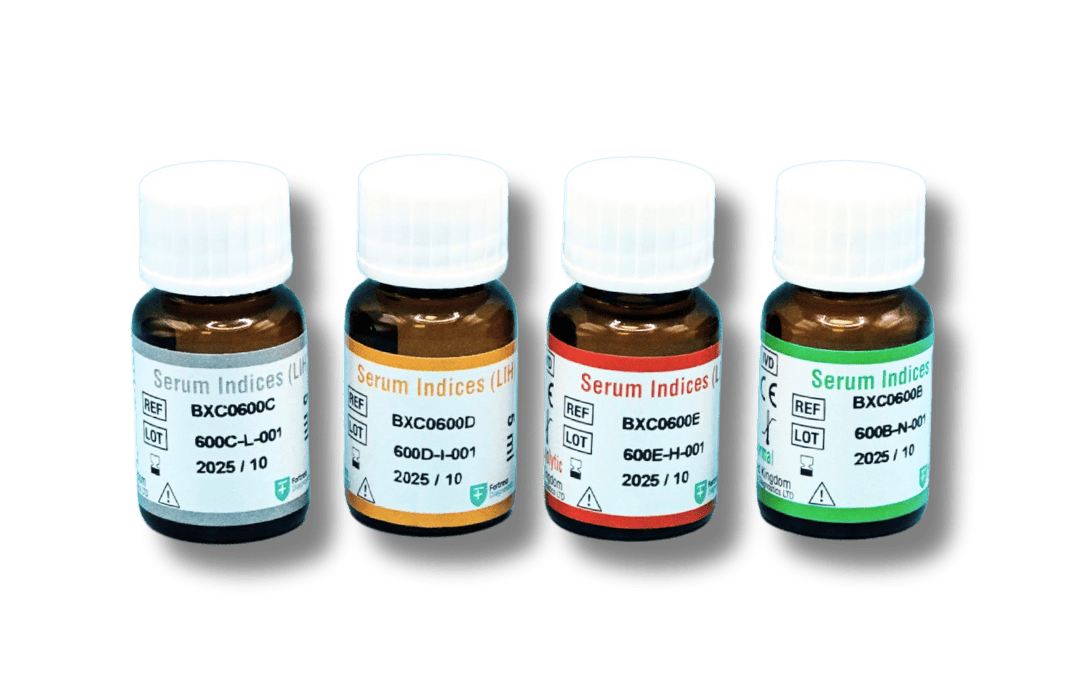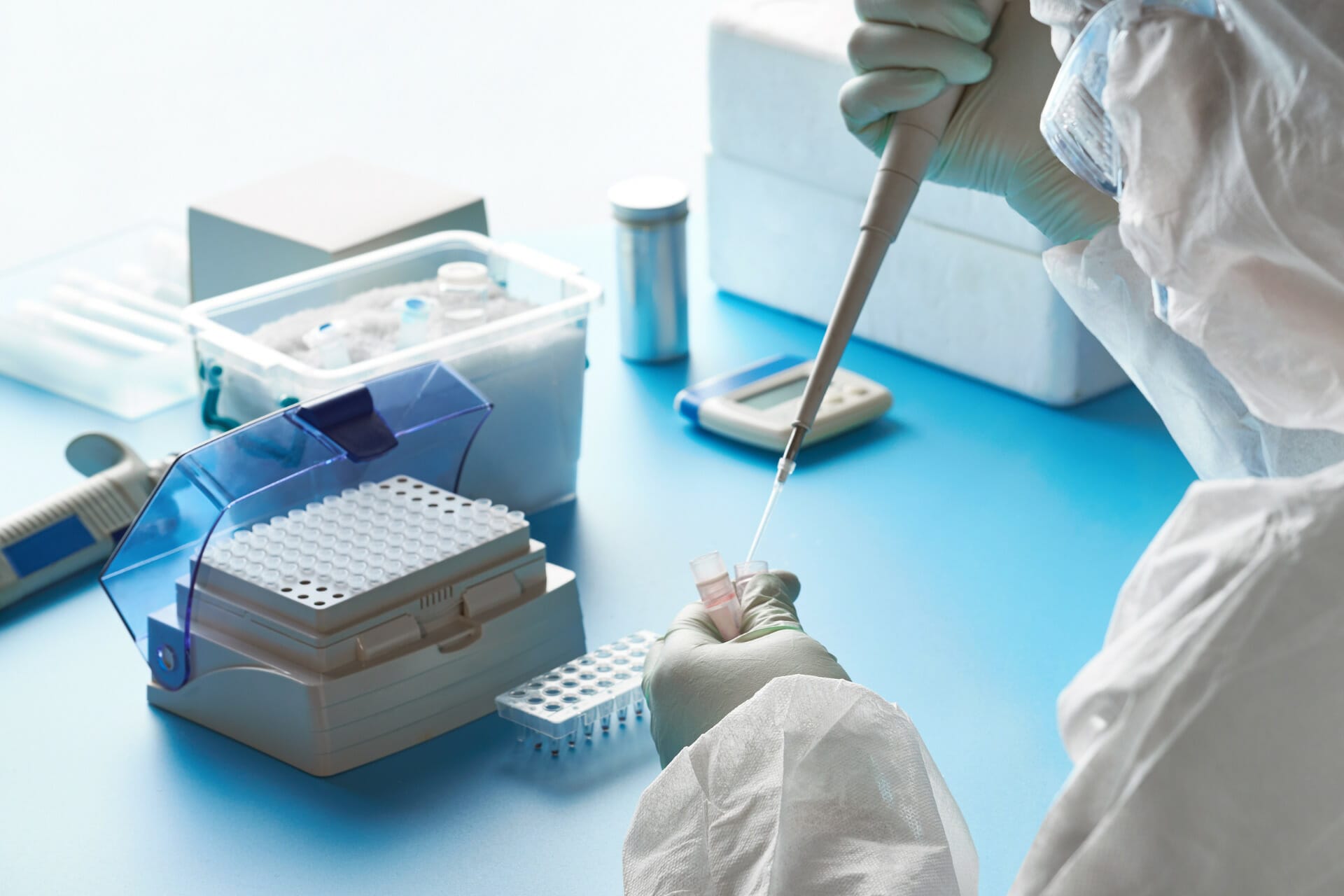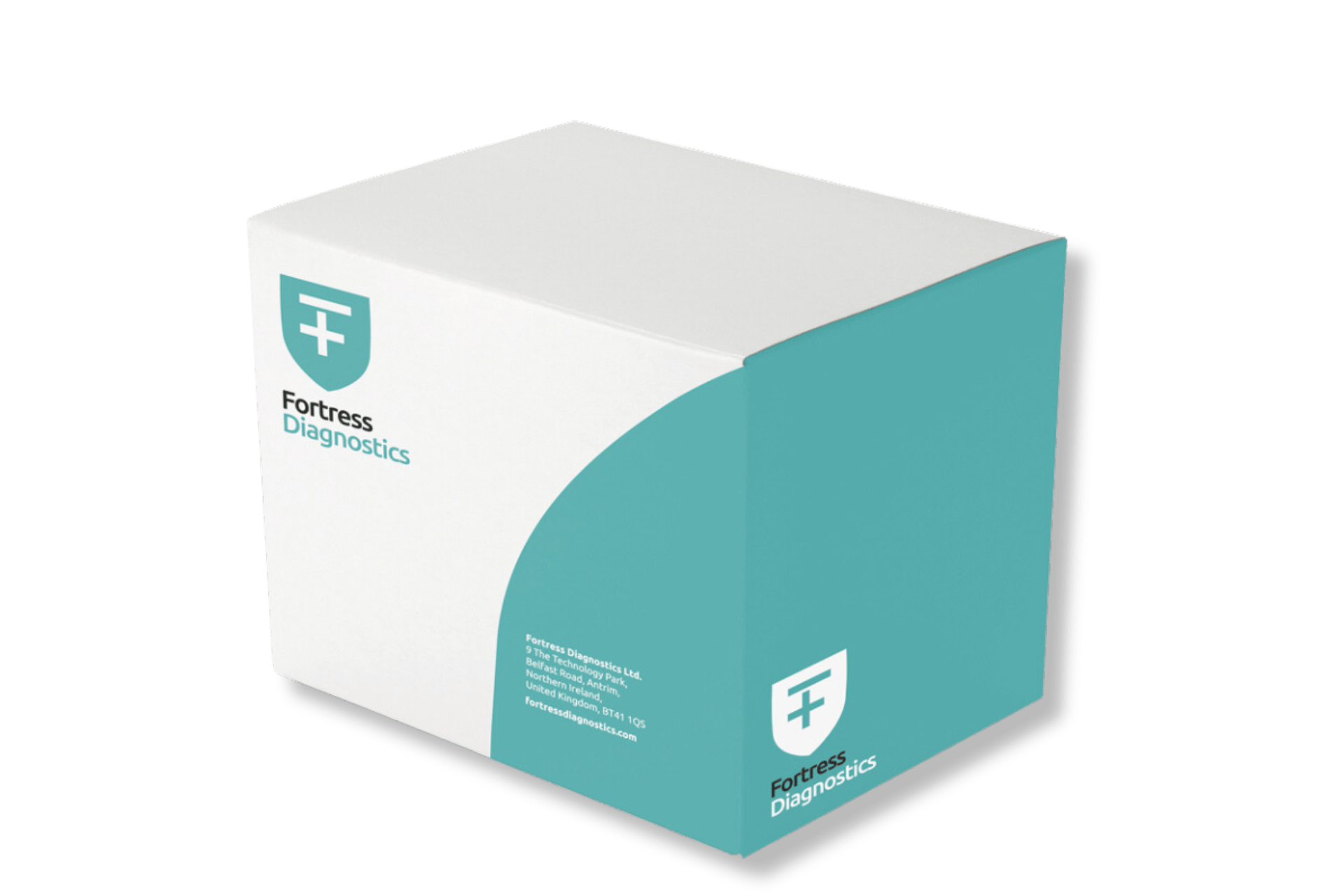Serum Indices Quality Controls – Fortress Diagnostics
The Serum Indices Quality Controls from Fortress Diagnostics are the perfect tool to aid in the monitoring of instrument detection of Lipaemia, Icterus and Haemolysis in specimens.
Interference caused by Lipaemia, Icterus and Haemolysis (LIH) which affect sample integrity is one of the most common problems observed in all clinical laboratories and can have detrimental effects on the determination of concentration of many analytes.
Accurately measuring LIH interference levels in specimens is directly related to obtaining accurate results and to delivering the correct patient care. It also improves laboratory efficiency and helps to reduce the frequency of erroneous results.
Product Overview
Fortress Serum Indices Quality Controls are designed to monitor the ability of an instrument to accurately measure LIH in specimens.
This is done through the use of controls which mimic specimens considered as either lipaemic, icteric, haemolytic or normal using human-based control material.
The use of serum indices allows a laboratory to critically evaluate the LIH interference level of a sample and to make a decision as to whether or not a result has been potentially compromised resulting in an incorrect result being reported.
The laboratory’s quality of reporting can be kept to a high standard by treating LIH indices as another quantitative assay which require quality control to ensure reproducibility and reliability.
Features & Benefits
- Enhancing specimen integrity
- Prepared from human source material
- Available in lyophilised and frozen liquid format
- Compatible with a wide range of leading chemistry test instruments
- Improves the identification of pre-analytical interferences
- Long shelf life to reduce frequency of lot change
- Monitors instrument response to detecting lipaemic, icteric or haemolysed samples

Interference testing are photometric tests designed for semi quantitative assessment of Haemolytic, Icteric, and Lipaemic (HIL) turbidity in human serum / plasma samples.
These tests are typically performed on analysers to confirm expected similarities or quantify differences in samples that exhibit varying degree of colouring due to HIL interference. As a result the utilisation of serum indices in laboratories can be viewed as a harmonisation tool for different analysers.
Historically, laboratories performed manual serum indices detection by visually inspecting samples. However, this method is unreliable and subject to interpretation.
The internationally recognised standard, C56-A Haemolysis, Icterus and Lipaemia/Turbidity Indices as Indicators of Interference in Clinical Laboratory Analysis; Approved Guidelines advices that “visual inspection does not accurately capture the possible presence of interfering substances”.
Most automated analytical platforms now have the ability to accurately measure LIH using photometric methodology, to provide qualitative or semi-qualitative results. This not only ensures uniformity but also removes subjective variability.
Clinical Laboratories can encounter samples that show significant Lipaemia, Icterus and Haemolysis all of which, if high enough, can cause interference with clinical assays. Several diseases, diet and pre-analytical conditions can cause increased concentrations of chromogens like bilirubin, haemoglobin and lipids in serum/plasma.
The use of serum indices allows a laboratory to critically evaluate the LIH interference level of a sample and to make a decision as to whether or not a result has been potentially compromised resulting in an incorrect result being reported.





